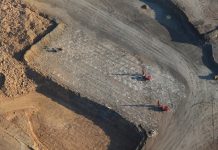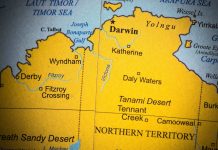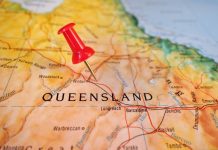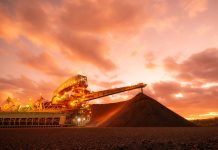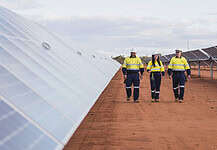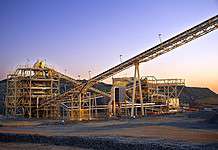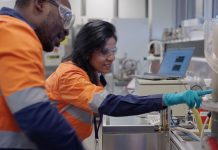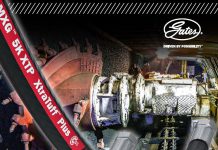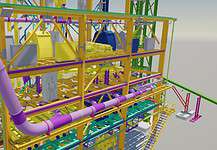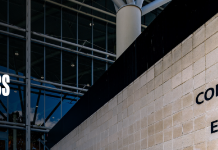Fortescue Metals Group’s diesel usage would exceed one billion litres annually in just a few years if it did not pursue greener energy sources.
The staggering figure was highlighted by the company’s Director of Sustainability Alison Terry at WA Mining Club’s May luncheon.
Ms Terry said this is why FMG was moving “very rapidly” towards green energy, and particularly green hydrogen, initiatives.
These initiatives would be advanced by Fortescue Future Industries, a wholly owned subsidiary of FMG that Ms Terry said was founded, from a business perspective, on the basis of FMG being an export-based business.
“Hydrogen and green hydrogen in particular is a massive export opportunity for Australia,’’ she said.
“And with decarbonisation, we also have the ability to benefit from green hydrogen across our operations.
“We have announced a range of targets that are being worked on at the moment across haul trucks, locomotives, shipping, drill rigs—anything that now currently uses diesel.
“(Because) if we project out just a few years, our diesel usage could exceed one billion litres per year so from a pure commercial imperative, that is something we have set out to address.”
From a social perspective, Ms Terry said FMG wanted to lead the way on climate change, recently bringing forward its net zero emissions target from 2040 to 2030.
“That is certainly an industry-leading and extremely ambitious target,” she said.
Ms Terry was one of four panelists at the mining club event who are all considered sustainability and climate change experts in the resources sector.
John O’Brien is an energy transition and decarbonisation partner at Deloitte, which completed modelling for the National Hydrogen Strategy.
When asked what the obstacles were to hydrogen, Mr O’Brien said the economics could be challenging, some of the technology wasn’t quite mature and it was sometimes difficult to find a market for the clean fuel.
“Probably three years ago I was a sceptic about where hydrogen could play but there are some niche (industries) where hydrogen is going to be the only way we are going to decarbonise and those niches are really big,” he said.
“So if all the red dirt that exists in WA is going to continue to have value, hydrogen has to work.
“Hydrogen has to work for iron ore and steel, it has to work for ammonia, is has to work for chemicals and once you have got that level of scale, then it might be able to be used for heavy transport or…big trucks and so that is where it will happen.”
Another challenge was whether customers would accept blue hydrogen, which is carbon neutral—through carbon capture and storage—but is still fossil-fuel based.
‘’I am not sure that question has been resolved and that is where I think eventually green hydrogen will win and the timing of that transition is interesting,’’ he said.
Green hydrogen is produced using a process called electrolysis, powered by renewable energy.
Hydrogen Energy director Richard Beazley said there was “a lot of social pressure to move away from fossil fuels”.
“The question is, what is the base-load for replacement of diesel and natural gas…you either go with hydrogen or batteries.”
As the technology currently stands, Mr Beazley said batteries were short term energy storage mediums, whereas hydrogen provided a long-term energy source.
“Unless you can get renewables to work 90% of the day, you will be looking at hydrogen if you want to get away from fossil fuels,” he said.
Chris McCombe, General Manager-Sustainability at Minerals Council of Australia, said the mining industry had an “incredible capacity to leave an enduring, positive social legacy” from an Environmental, Social and Corporate Governance (ESG) point of view and that Australia was poised to lead the world to make mining both sustainable and profitable.

